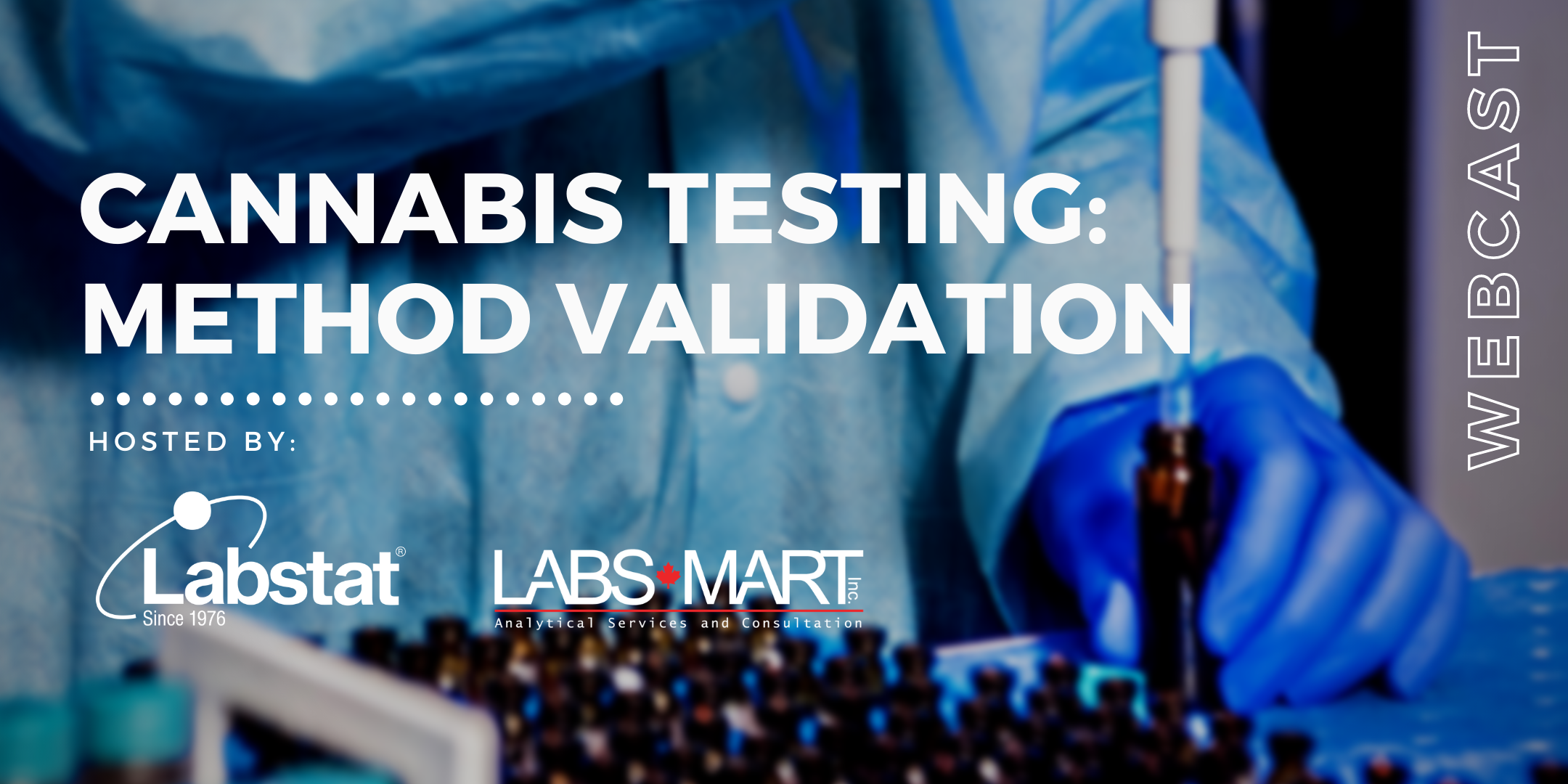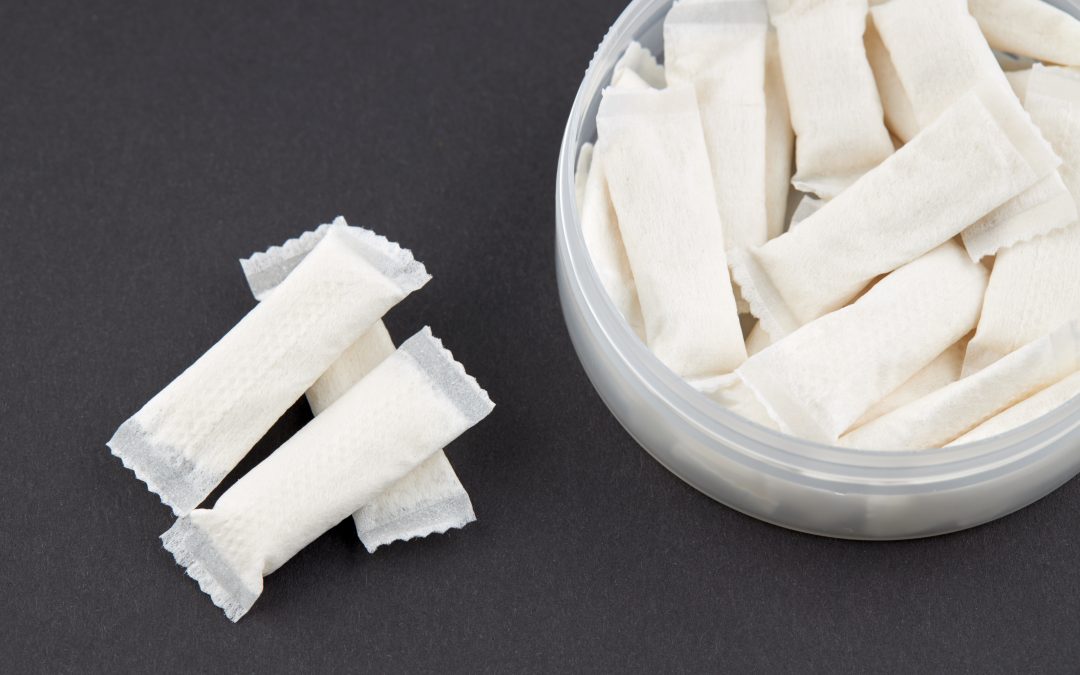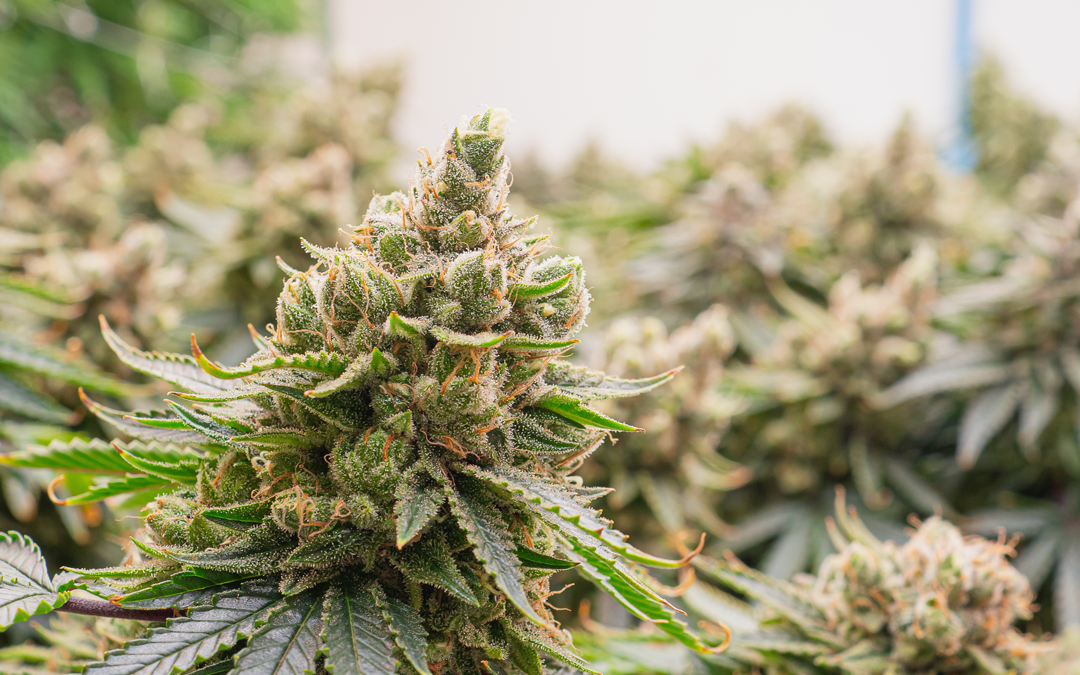Cannabis products are largely inhaled or ingested, which makes method validation absolutely critical for protecting the health and safety cannabis consumers across the country. Confirming that your lab is validating their test methods will help to ensure their results are reliable, repeatable, accurate, precise, and robust. Not only is it good due diligence, it is required by Health Canada when working with cannabis.
Through method validation a laboratory will gain a deep understanding of a method’s capability and limitations. For instance, the analytical methods used at Labstat have been validated and verified to be suitable for a range of cannabis matrices such as; dry flower, oils and extracts, concentrates, e-liquids, and a variety of edibles and beverages.
Why method validation matters
Since cannabis is regulated by Health Canada it is subject to Good Production Practices (GPP) for medical devices, cosmetics, dietary supplements and over-the-counter pharmaceuticals. Health Canada adopted the regulatory requirements for method validation established by The International Conference on Harmonization (ICH) which were created to investigate critical activities such as stability, method validation, GMP manufacturing, and product development in the pharmaceutical industry.
During validation a set of experiments are conducted, following a protocol, to assess the analytical methods ability to perform as expected/required. Beyond simply being a requirement, proper method validation can be your business’ secret weapon. The use of validated methods provides a true and accurate assessment of product quality which is paramount to delivering a safe product to consumers, which ultimately safeguards your brand and your business.
Based on the data collected during validation the laboratory will have a detailed understanding of how the methods’ parameters, such as mobile phase composition, gradients, temperature, flow rate, etc. will impact the separation. This ensures product quality, consumer safety, and safeguards your business against costly delays.
The difference between method verfication and method validation
A certified lab will help you prepare for both method validation and verification, guiding you through the regulatory requirements and the documentation needed to capture validation activities. Similar, but not interchangeable, verification authenticates that a product is what it says it is, whereas validation confirms that a product is suitable for the intended use.
Both are critical components of a quality management system. It’s important to recognize that a single analytical method cannot be developed to separate an analyte of interest in every possible matrix. When used together they make sure a product, service, or system, meets regulatory requirements and specifications as well as fulfills its intended purpose.
At Labstat, we account for the highly variable nature of different matrices with a two stage approach to validation. We call it the ‘Validate and Verify’ approach. First, we validate the analytical method following the requirements of ICH Q2(R1) using a common matrix. Then, we verify the extraction of the analyte from a new matrix using the validated method. As part of this verification we identify figures of merit that can be impacted by sample preparation with specificity and accuracy.
Elements of proper analytical method validation
A combination, or all, of the following elements are required to complete a comprehensive validation for typical HPLC, GC, LC/MS or GC/MS analytical methodologies.
Accuracy
the degree of agreement of the result observed using the test method to the true value. The accuracy of a method must be determined across its range of application assessed through spike recovery experiments.
Repeatability
measured by repeatedly running the method on a single sample and evaluating the spread of the data. Repeatability is the measure of the variability in measurements taken on a single instrument or person under the same condition. Or to put it another way, is 1 always 1.
Intermediate Precision
the degree of agreement among individual tests results when the method is executed repeatedly, also known as reproducibility. The best measure of a methods variability is the intermediate precision. In other words 1 is always 1 when measured by 2 people on 2 instruments.
Linearity
looks for a direct relationship between concentration and detection response. For every 1 unit change in concentration we expect to see a proportional change in response. Linearity is assessed through linear regression with a coefficient of determination > 0.99
Range
the concentration interval over which linearity, accuracy, and precision are all acceptable. Linear range is the concentration over the calibration curve is linear, whereas dynamic range investigates where concentration meets a measurable response.
Limit of Quantitation
the lowest level an analyte in a sample can be accurately and precisely quantitated. This characteristic of quantitative assays for low levels of compounds in sample matrices, such as impurities and degradation in products.
Limit of Detection
the lowest level an analyte in a sample can be repeatedly detected but not necessarily quantitative. Can be used in pass/fail limit tests for impurities and additional substances.
Specificity
a measure of an analytical method to distinguish the analyte of interest from other analytes present in the sample matrix. It is also important to point out that specificity applies not just to analytes but interferences as well. These criteria can also be applied to any other peaks of interest such as impurities or interferences.
Robustness
a systematic exploration of the method’s limitation. The purpose of robustness is to provide assurances that the method will perform as expected, even if small deviations from the method are made in the laboratory. Deviations could include variables like temperature, pH in mobile phases, compositions, flow rate, different lots/suppliers, etc.
Questions to ask your lab about their methodologies
Asking the right questions is an essential part of setting your business up for success. You don’t need to be an expert in method validation, however your lab should be.
- Do they have a method validation procedure?
- Is the validation executed under a protocol?
- Are all elements of proper method validation present?
- Is there an example validation report you can see?
- Does this lab meet all the criteria for required analytes? Do they pre-validate specific methods?
A reputable lab will have standard operating procedures (SOP) in place for method validation, ask to see them. The SOP should clearly describe the documentation and approval procedures necessary, or at minimum be conducted under an approved protocol. Organized, well-written validation protocols will provide explicit guidance on how samples are to be prepared for the validation. This will minimize the chance of failure during the execution of the validation, resulting in a re-execution of the validation wasting time and money.
If possible, also look over an example of a labs validation report. They should be comprehensive and as close to standalone as possible. A good report will summarize the results of validation experiments with a statement of the outcome of the validation. In general a report should include a summary of validation data, including pass/fail status. There should be sections discussing the outcomes of experiments, detailed tabulation of data collected, show any deviations from protocol, and a final assessment of method validation status.
The relationship you develop with your laboratory should be open and transparent. They should welcome detailed questions about their methods and validation procedures. Regular audits of your lab will help you stay on top of any changes to their capabilities or instrumentation. Continuous improvement is not only a tenet of ISO but is a critical component of cGMP. A lab’s investment in continuous improvement and commitment to validating their methods demonstrates their ability to stay current and provide the best possible analytical solutions for your growing business.

More About Method Validation
In this 60 min Webcast Devin Sears, Director of Research & Development for Labstat shares a comprehensive overview of what you need to know about analytical method validation and how to audit your lab’s methods and processes.



